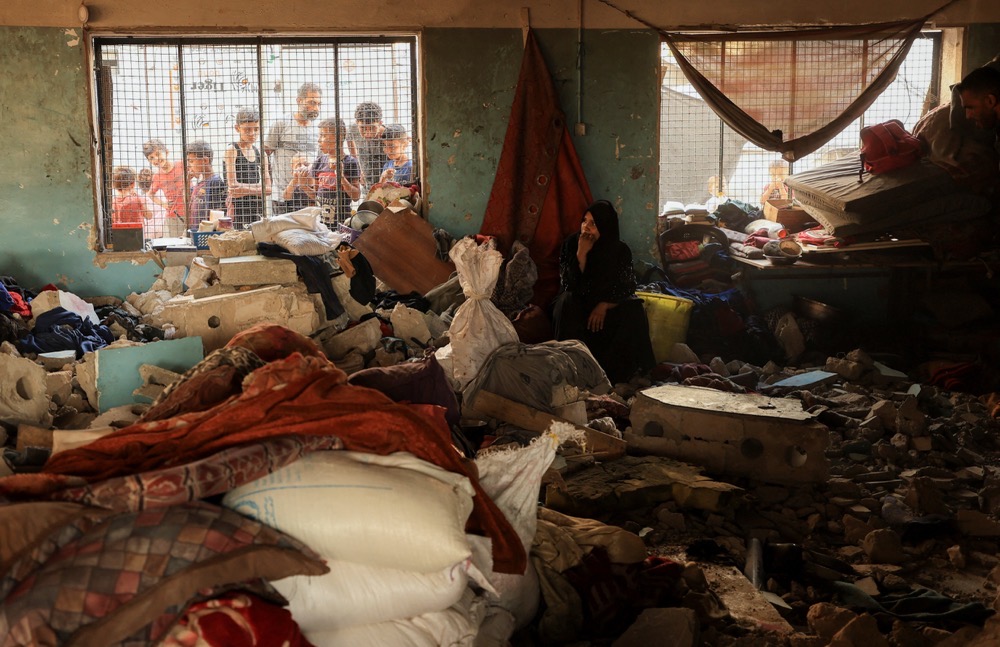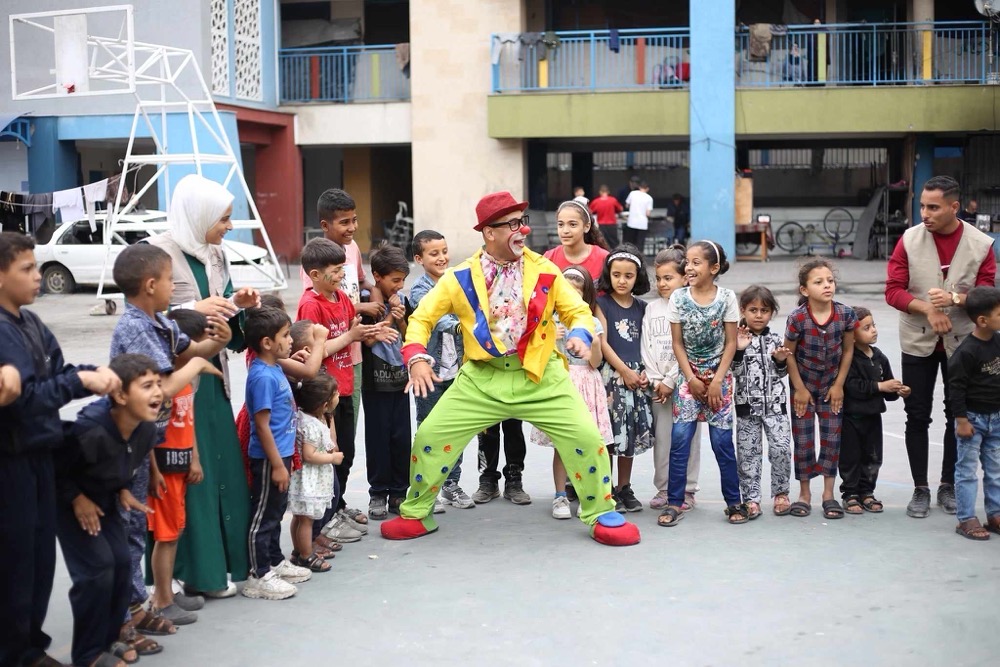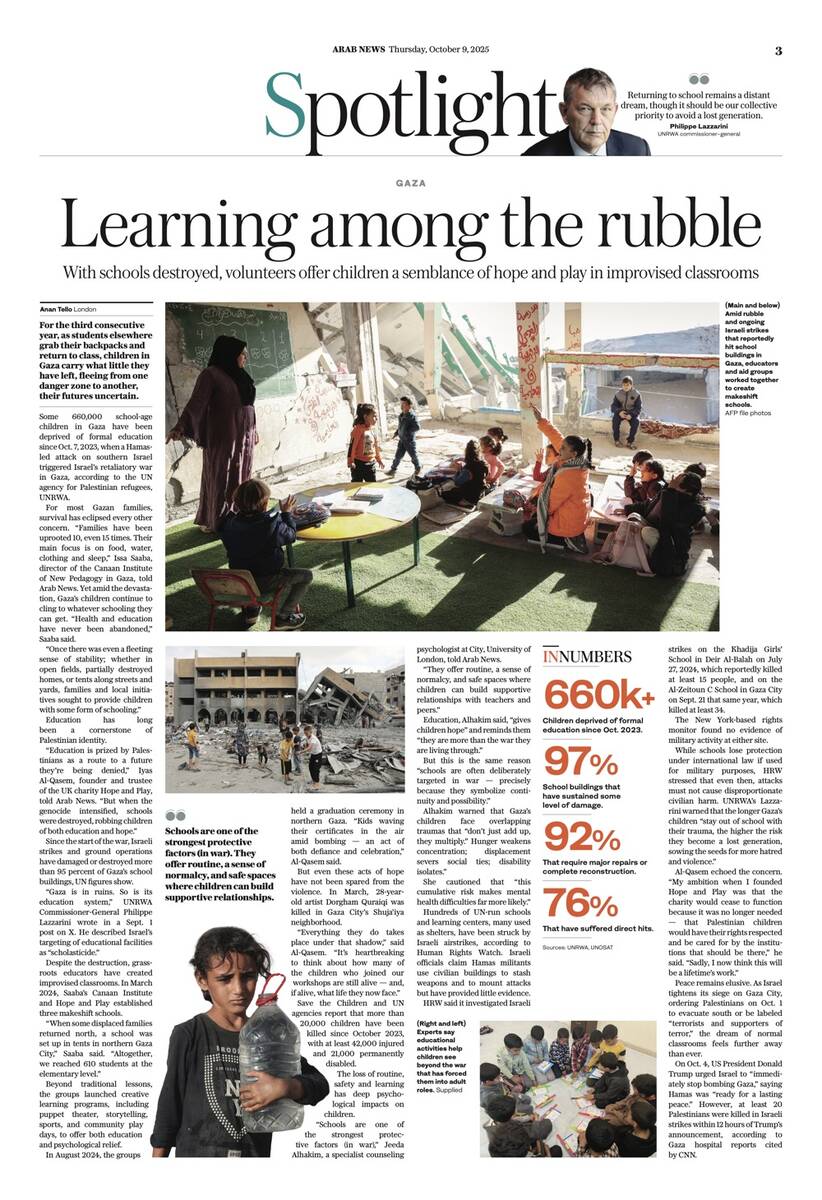DUBAI: In just days, Yemen’s Houthis have begun a new, more violent campaign of attacks targeting ships in the Red Sea, sinking two of them and killing some of their crew.
The assaults represent the latest chapter of the Houthis’ campaign against shipping over the Israel-Hamas war. They also come as Yemen’s nearly decadelong war drags on in the Arab world’s poorest country, without any sign of stopping.
Here’s what to know about the Houthis, Yemen and their ongoing attacks.
Houthis involved in years of fighting
The Houthis are members of Islam’s minority Shiite Zaydi sect, which ruled Yemen for 1,000 years until 1962. They battled Yemen’s central government for years before sweeping down from their northern stronghold in Yemen and seizing the capital, Sanaa, in 2014. That launched a grinding war still technically being waged in the country today. A Saudi-led coalition intervened in 2015 to try to restore Yemen’s exiled, internationally recognized government to power.
Years of bloody, inconclusive fighting against the Saudi-led coalition settled into a stalemated proxy war between Saudi Arabia and Iran, causing widespread hunger and misery in Yemen, the Arab world’s poorest country. The war has killed more than 150,000 people, including fighters and civilians, and created one of the world’s worst humanitarian disasters, killing tens of thousands more.
A ceasefire that technically ended in October 2022 is still largely being honored. Saudi Arabia and the Houthis have done some prisoner swaps, and a Houthi delegation was invited to high-level peace talks in Riyadh in September 2023 as part of a wider détente the kingdom has reached with Iran. While they reported “positive results,” there is still no permanent peace.
Houthis supported by Tehran while raising own profile
Iran long has backed the Houthis. Tehran routinely denies arming the Houthis, despite physical evidence, numerous seizures and experts tying the weapons back to Iran. That’s likely because Tehran wants to avoid sanctions for violating a United Nations arms embargo on the Houthis.
The Houthis now form the strongest group within Iran’s self-described “Axis of Resistance.” Others like Lebanon’s Hezbollah and the Palestinian militant group Hamas have been decimated by Israel after the Oct. 7, 2023, attack by Hamas that sparked Israel’s war of attrition in the Gaza Strip.
Iran also is reeling after Israel launched a 12-day war against the country and the US struck Iranian nuclear sites.
The Houthis also have seen their regional profile raise as they have attacked Israel, as many in the Arab world remain incensed by the suffering Palestinians in the Gaza Strip face.
Houthis attack ships over Israel-Hamas war
The Houthis have been launching missile and drone attacks against commercial and military ships in the region in what the group’s leadership has described as an effort to end Israel’s offensive against Hamas in the Gaza Strip.
Between November 2023 and December 2024, the Houthis targeted more than 100 merchant vessels with missiles and drones, sinking two and killing four sailors. Their campaign has greatly reduced the flow of trade through the Red Sea corridor, which typically sees $1 trillion of goods move through it annually.
The last Houthi attack, targeting US warships escorting commercial ships, happened in early December. A ceasefire in the Israel-Hamas war began in January and held until March. The US then launched a broad assault against the Houthis that ended weeks later when Trump said the Houthis pledged to stop attacking ships.
Since then, the Houthis have continued occasional missile attacks targeting Israel, but they hadn’t attacked ships until this past weekend. Shipping through the Red Sea, while still lower than normal, had increased in recent weeks.
New attacks raise level of violence and complexity
The attacks on the two ships, the Magic Seas and the Eternity C, represent a new level of violence being employed by the Houthis.
Experts have referred to the assaults as being complex in nature, involving armed Houthis first racing out to the vessels in the Red Sea, firing small arms and rocket-propelled grenades. They then have used anti-ship missiles and both aerial and sea drones loaded with explosives to attack the ships.
This coordinated attack sank two vessels in just a matter of days, doubling the number of ships they have sunk. There also is a growing fear the attack on the Eternity C may have been the Houthis’ deadliest at sea as crew members remain missing.
The attacks also signal that Israeli and American airstrikes have not stripped the Houthis of their ability to launch attacks.
Commercial ships have few defense options
For the Houthis, attacking commercial ships remains far easier than targeting warships as those vessels don’t have air defense systems. Instead, some carry a few armed guards able to shoot at attackers or approaching drones. Downing a drone remains difficult and shooting down a missile is impossible with their weaponry.
Armed guards also typically are more trained for dealing with piracy and will spray fire hoses at approaching small boats or ring a bridge with cyclone wire to stop attackers from climbing aboard. The Houthis, however, have experience doing helicopter-borne assaults and likely could overwhelm a private security detail, which often is just a three-member team aboard a commercial vessel.
Resumed attacks have international and domestic motives
To hear it from the Houthis, the new attack campaign “represents a qualitative shift in the course of the open battle in support of Gaza.” Their SABA news agency said Israel commits “daily massacres against civilians in Gaza and relies on sea lanes to finance its aggression and maintain its siege.”
“This stance, which is not content with condemnation or statements, is also advancing with direct military action, in a clear effort to support the Palestinians on various fronts,” the Houthis said.
However, the Houthis stopped their attacks in late December as Israel and Hamas reached a ceasefire. The Houthis formally suspended their attacks, though they said ships or companies calling on Israeli ports would remain possible targets.
The Houthis also may have reconstituted their forces following the grinding American airstrikes that targeted them. They have not acknowledged their materiel losses from the attacks, though the US has said it dropped more than 2,000 munitions on more than 1,000 targets.
There likely is an international and domestic consideration, as well. Abroad, a new possible ceasefire in the Israel-Hamas war — as well as the future of talks between the US and Iran over Tehran’s battered nuclear program — remain in the balance. The Houthis in the past have been a cudgel used by Tehran, though experts debate just how much influence Tehran wields in picking targets for the Houthis.
At home, the Houthis have faced growing discontent over their rule as Yemen’s economy is in tatters and they have waged a campaign of detaining of UN officials and aid workers. Resuming their attacks can provide the Houthis something to show those at home to bolster their control.
What to know as Yemen’s Houthis launch new, more violent attacks on ships in the Red Sea
https://arab.news/5w8km
What to know as Yemen’s Houthis launch new, more violent attacks on ships in the Red Sea

- For the Houthis, attacking commercial ships remains far easier than targeting warships as those vessels don’t have air defense systems
- The attacks on the two ships, the Magic Seas and the Eternity C, represent a new level of violence being employed by the Houthis




































